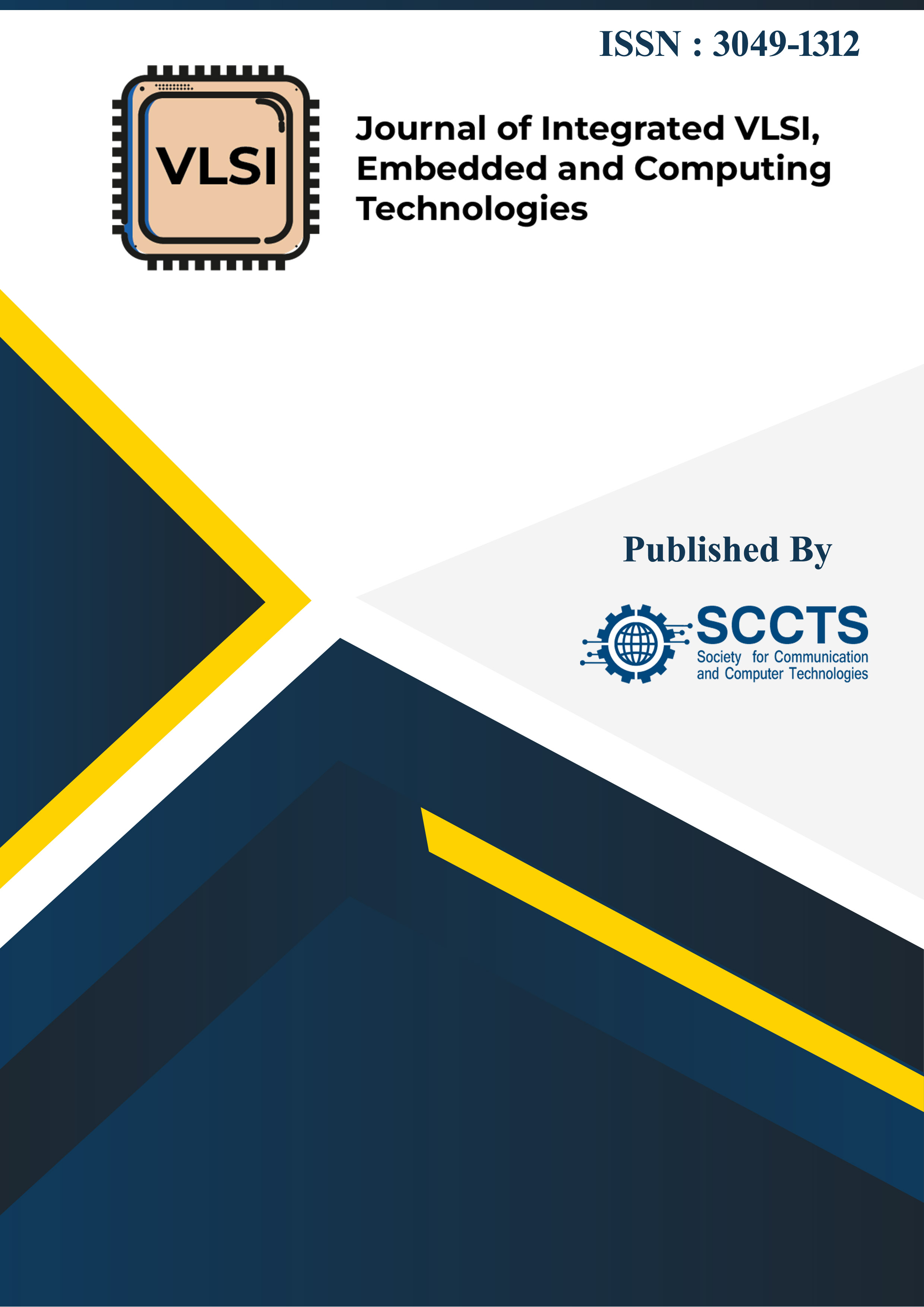3D IC Integration with Through-Silicon Vias for High-Density Computing Applications: Design and Thermal Considerations
DOI:
https://doi.org/10.31838/JIVCT/02.03.11Keywords:
3D IC, Through-Silicon via (TSV), Thermal Management, High-Density Computing, AI Accelerator, TSV Fabrication, Vertical Integration, Microfluidic Cooling, Power Delivery Network, Floor planningAbstract
The 3D integrated circuits (3D ICs) enabled by the technology of Through-Silicon via (TSV) has become a transformative technology to high density-computing application that overcomes the limitations of the traditional planar IC architecture, including the additional interconnect delay, interconnect bandwidth bottlenecks, and huge footprint. The ability of 3D ICs to allow vertical stacks of logic, memory, and compute layers allows greater performance, lower latency, and enormous area benefits. The application of many active layers, however, adds much design, temperature management complexity, especially relating to power density, thermal dissipation, and TSV-related stress. In reviewing this paper, you shall see that significant research has been conducted with regard to the design style, fabrication techniques as well as thermal factors linked to TSV-based 3D ICs. It describes such architectural strategies as floor planning, optimization of interconnects, and co-design of power delivery as well as advanced TSV fabrication processes such as deep reactive ion etching (DRIE) and copper electroplating. Thermal modeling in finite element analysis, simulation-based thermal hotspot evaluation with and without mitigation approaches such as thermal TSVs, and microfluidic cooling are given special attention. The example of a 3-tier AI accelerator stack is presented to illustrate how vertical integration affects performance metrics, showing a 35 percent decrease in latency and 50 percent area savings over 2D devices, as well as pointing at the potential threats of the thermal buildup due to the lack of effective cooling systems. Reliability and application in thermal, profiles and comparative performance analysis are presented to give a full picture of an 3D IC operation in a real-life workload. The paper also ends with the future research directions to be pursued such as TSV-free monolithic 3D ICs, AI-enabled thermal-aware design automation, and electronic-photonic integration. Its results form part of the effort to design thermally robust, performance-optimized 3D IC structures that can deliver on the performance requirements in the next-generation artificial intelligence, edge computing, and high-performance data centers.Published
2025-10-16
Issue
Section
Articles
How to Cite
Q. Hugh Li, & Muralidharan J. (2025). 3D IC Integration with Through-Silicon Vias for High-Density Computing Applications: Design and Thermal Considerations. Journal of Integrated VLSI, Embedded and Computing Technologies , 2(3), 89-96. https://doi.org/10.31838/JIVCT/02.03.11





